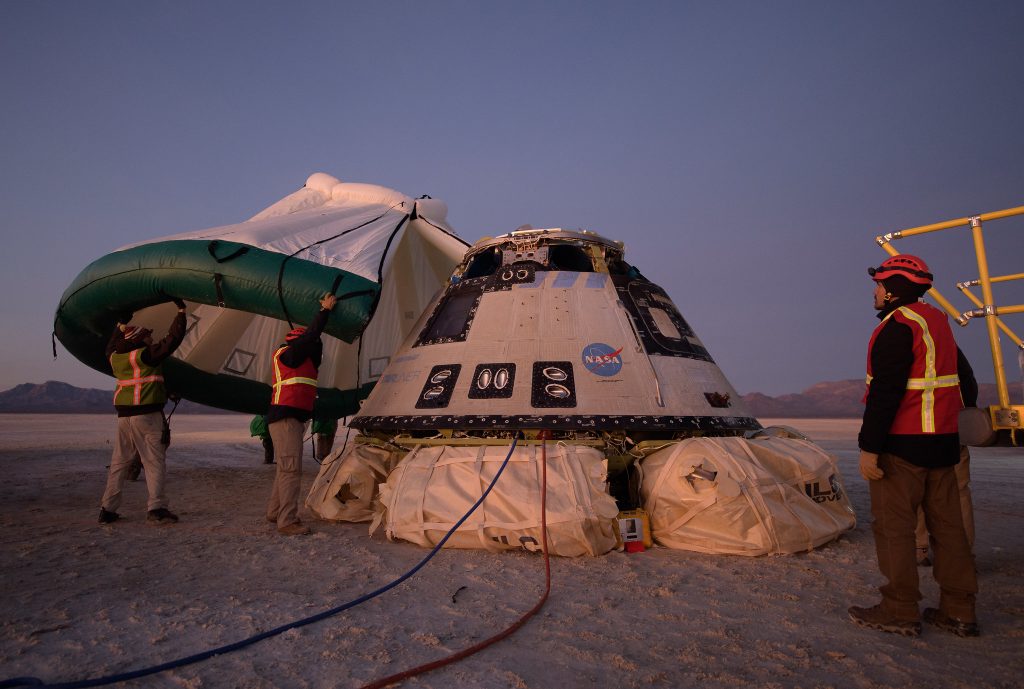
NASA and Boeing are in the process of establishing a joint, independent investigation team to examine the primary issues associated with the company’s uncrewed Orbital Flight Test.
The independent team will inform NASA and Boeing on the root cause of the mission elapsed timer anomaly and any other software issues and provide corrective actions needed before flying crew to the International Space Station for the agency’s Commercial Crew Program. The team will review the primary anomalies experienced during the Dec. 2019 flight test, any potential contributing factors and provide recommendations to ensure a robust design for future missions. Once underway, the investigation is targeted to last about two months before the team delivers its final assessment.
In parallel, NASA is evaluating the data received during the mission to determine if another uncrewed demonstration is required. This decision is not expected for several weeks as teams take the necessary time for this review. NASA’s approach will be to determine if NASA and Boeing received enough data to validate the system’s overall performance, including launch, on-orbit operations, guidance, navigation and control, docking/undocking to the space station, reentry and landing. Although data from the uncrewed test is important for certification, it may not be the only way that Boeing is able to demonstrate its system’s full capabilities.
The uncrewed flight test was proposed by Boeing as a way to meet NASA’s mission and safety requirements for certification and as a way to validate that the system can protect astronauts in space before flying crew. The uncrewed mission, including docking to the space station, became a part of the company’s contract with NASA. Although docking was planned, it may not have to be accomplished prior to the crew demonstration. Boeing would need NASA’s approval to proceed with a flight test with astronauts onboard.
Starliner currently is being transported from the landing location near the U.S. Army’s White Sands Missile Range to the company’s Commercial Crew and Cargo Processing Facility in Florida. Since landing, teams have safed the spacecraft for transport, downloaded data from the spacecraft’s onboard systems for analysis and completed initial inspections of the interior and exterior of Starliner. A more detailed analysis will be conducted after the spacecraft arrives at its processing facility.
Boeing’s Orbital Flight test launched on Friday, Dec. 20, on United Launch Alliance Atlas V rocket from Space Launch Complex 41 at Cape Canaveral Air Force Station in Florida. The mission successfully landed two days later on Sunday, Dec. 22, completing an abbreviated test that performed several mission objectives before returning to Earth as the first orbital land touchdown of a human-rated capsule in U.S. history.
